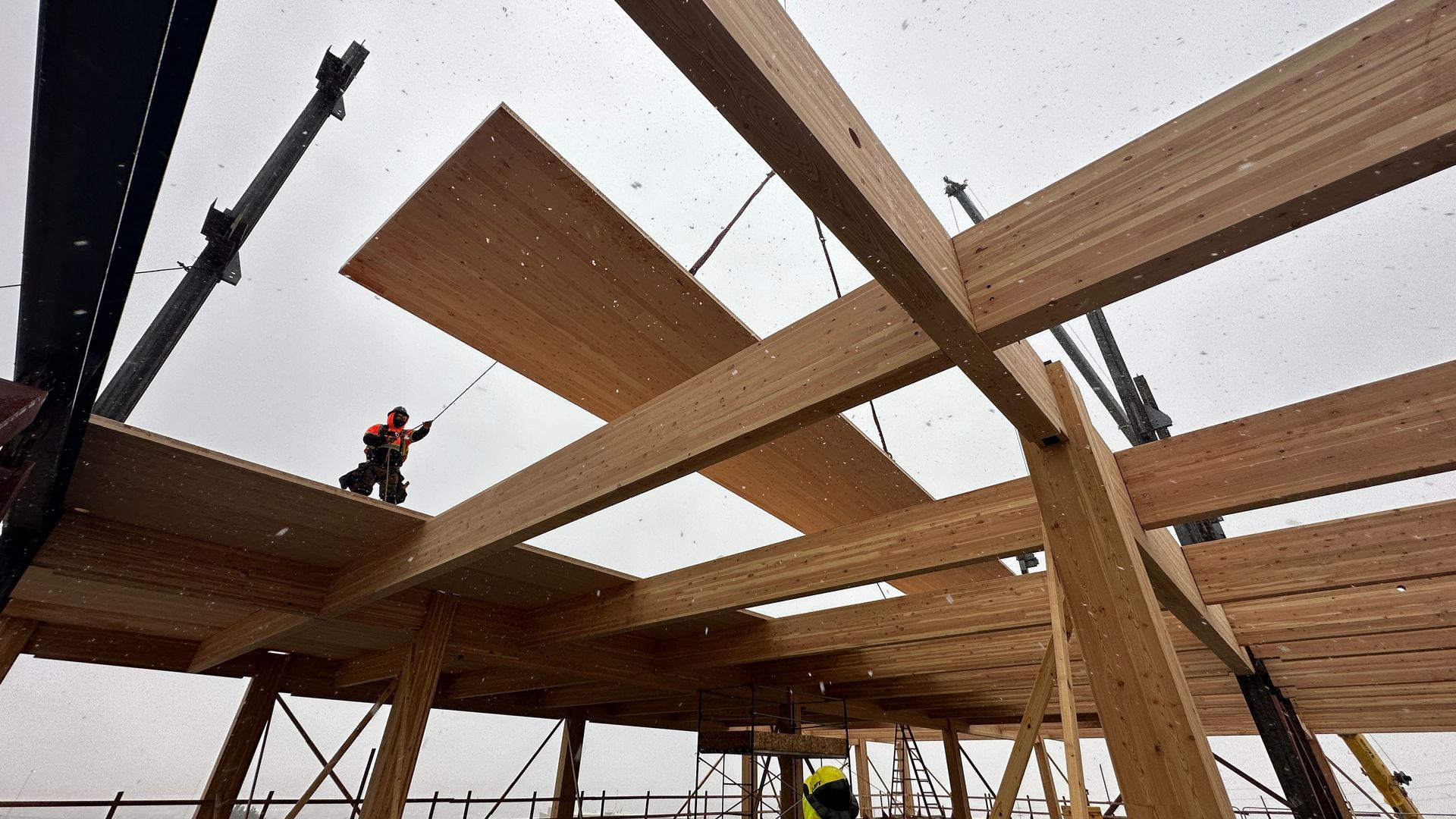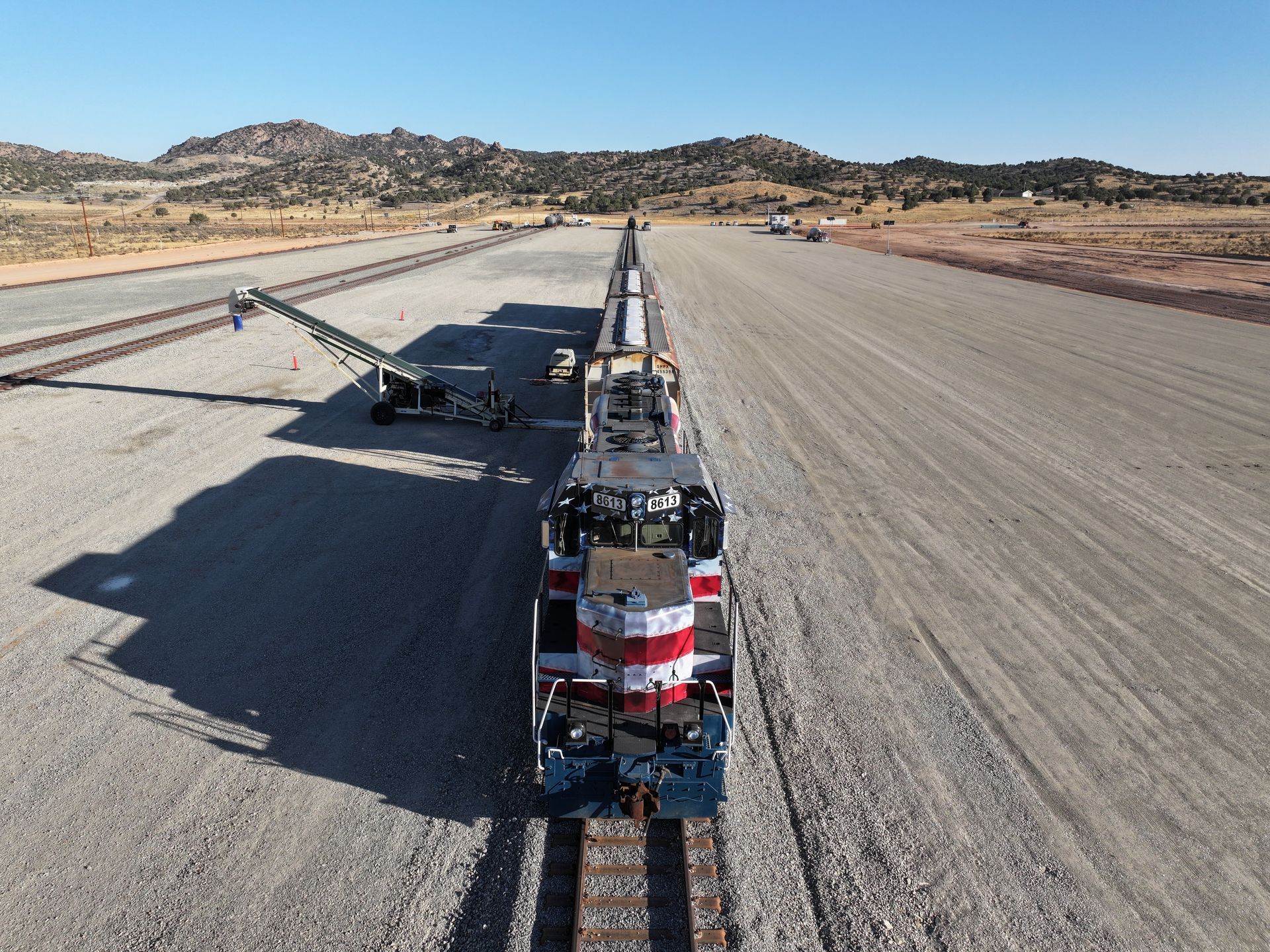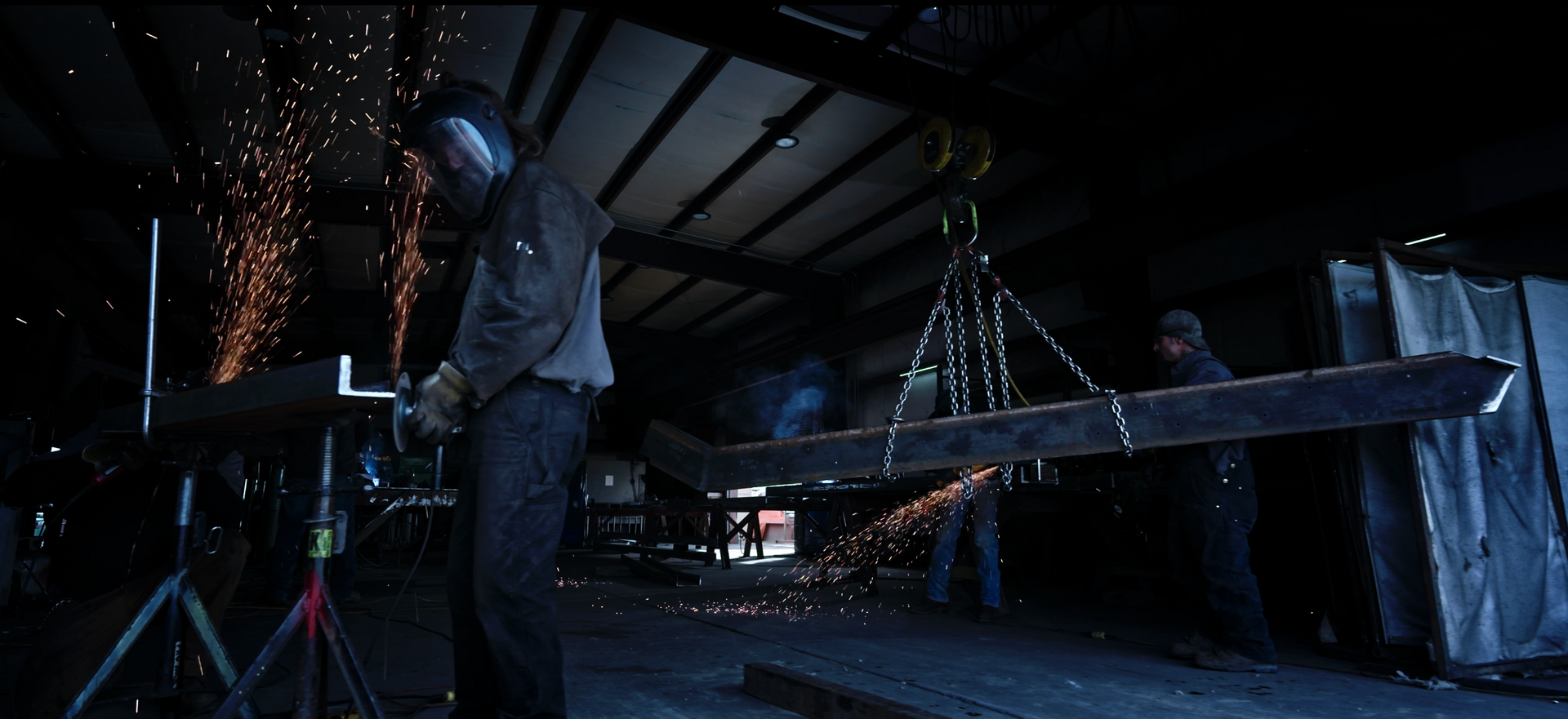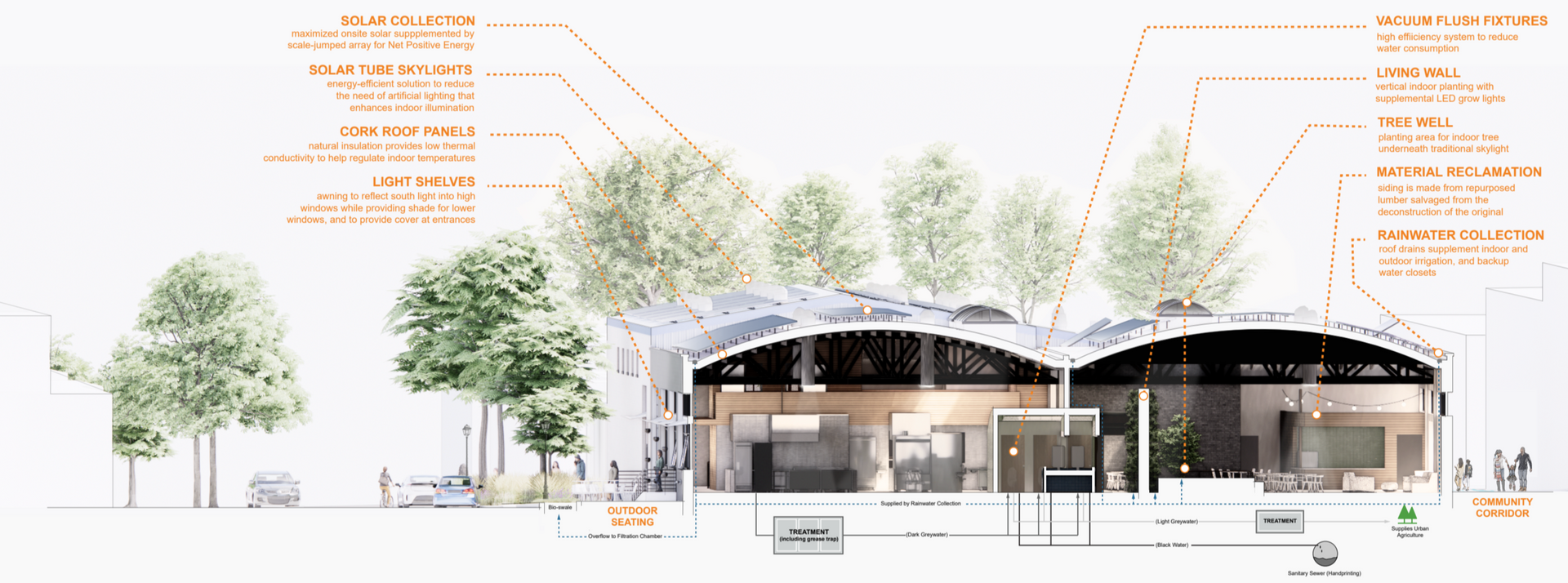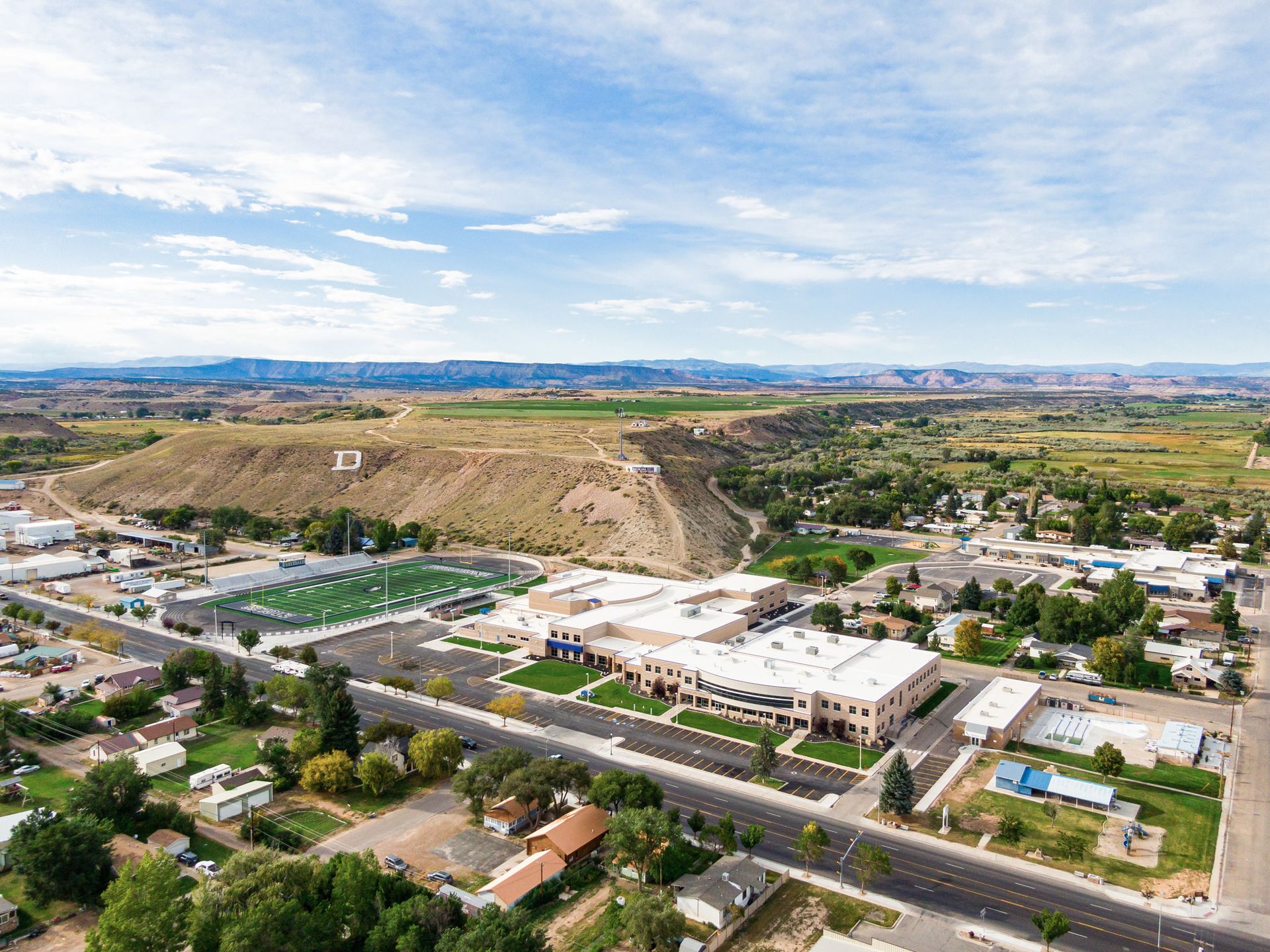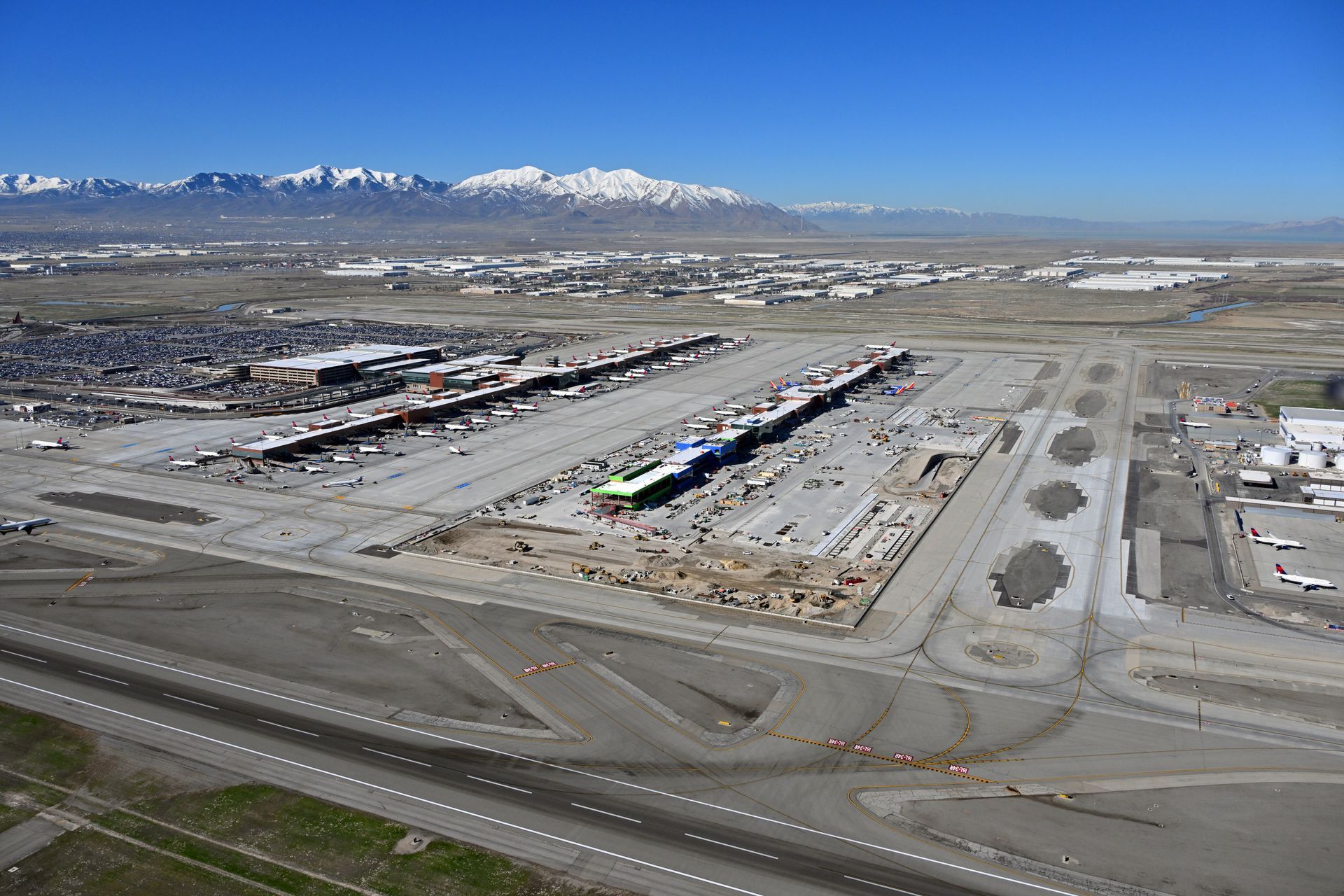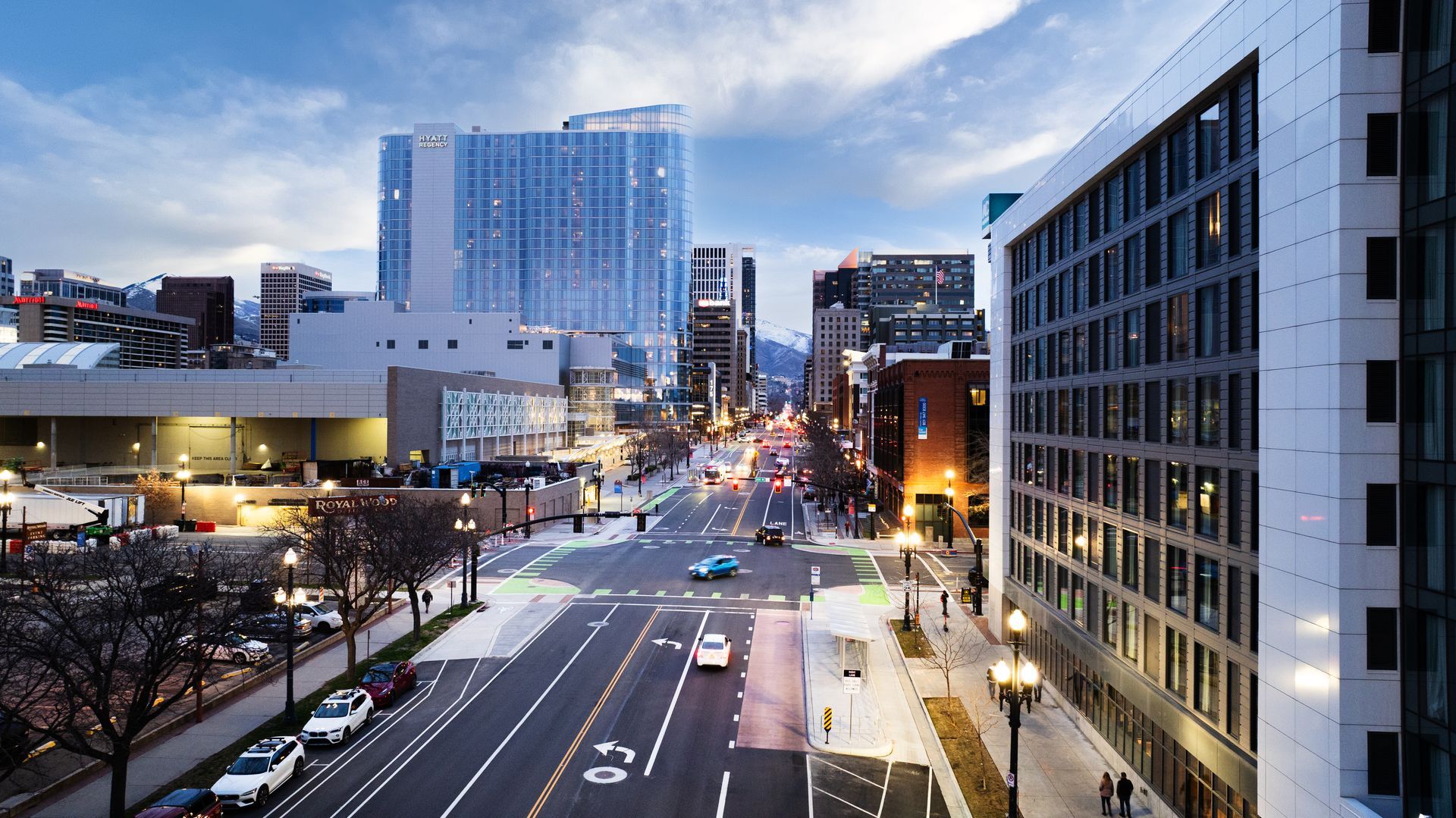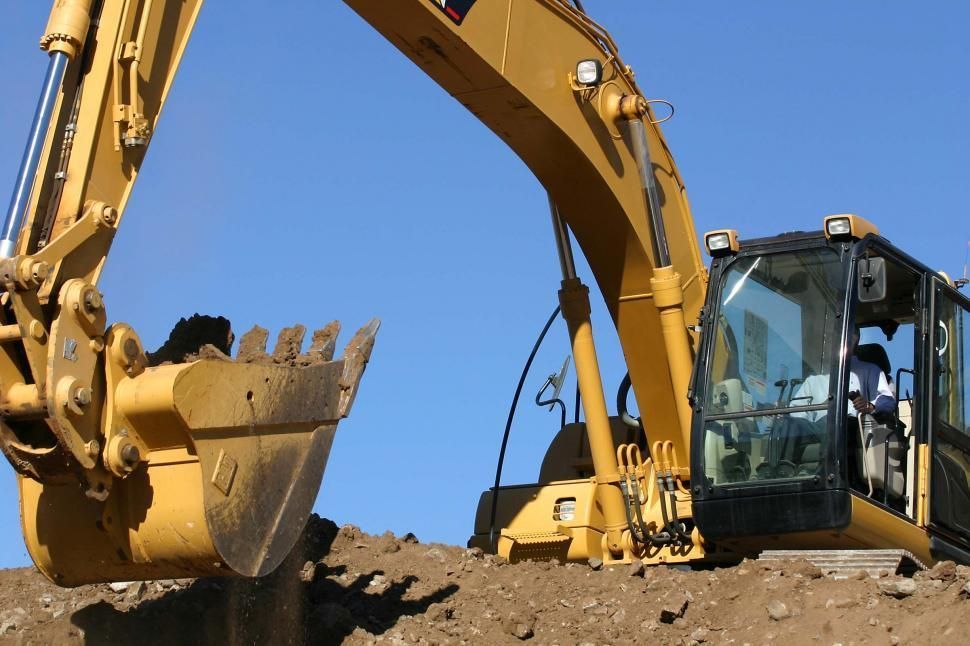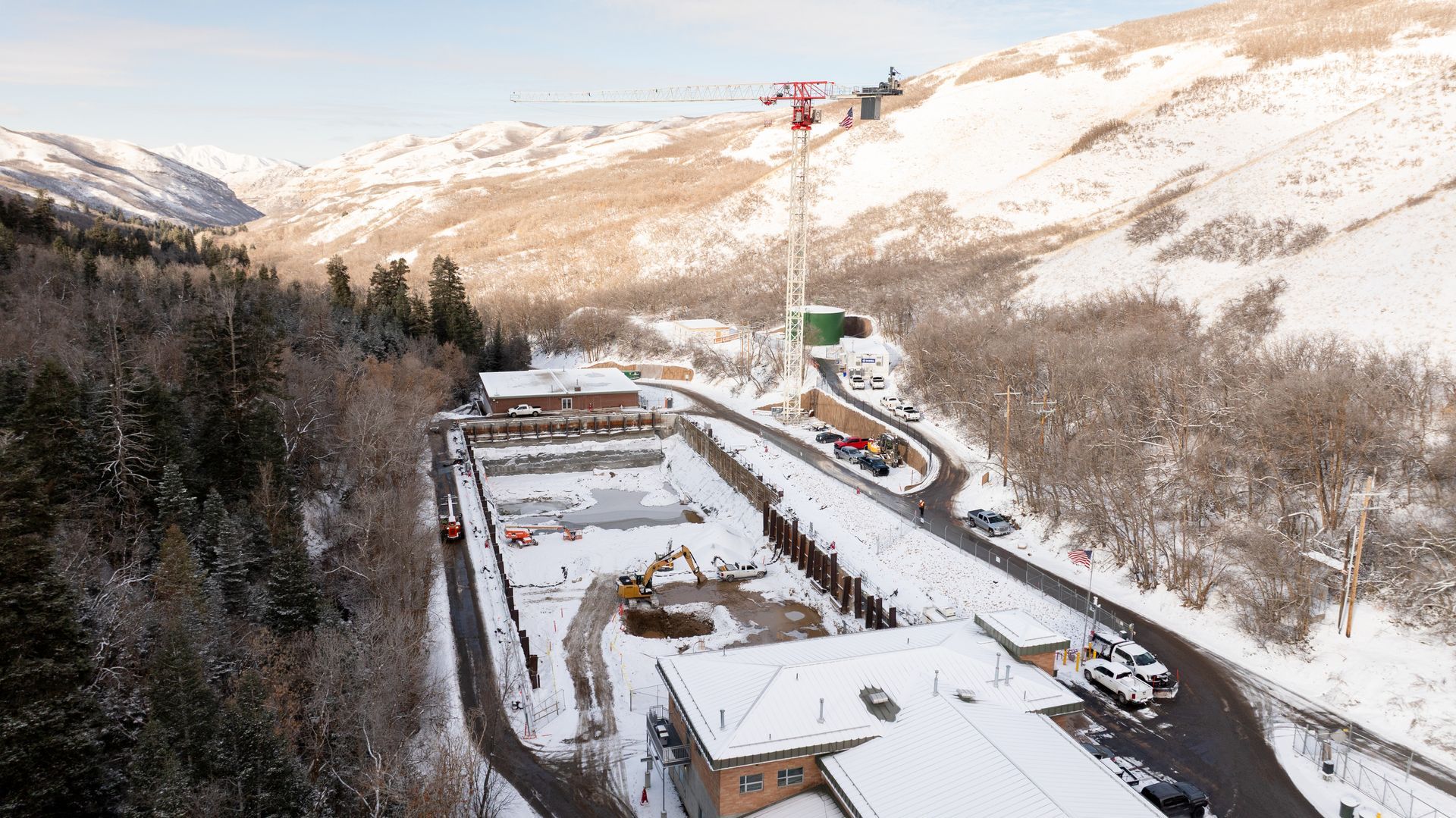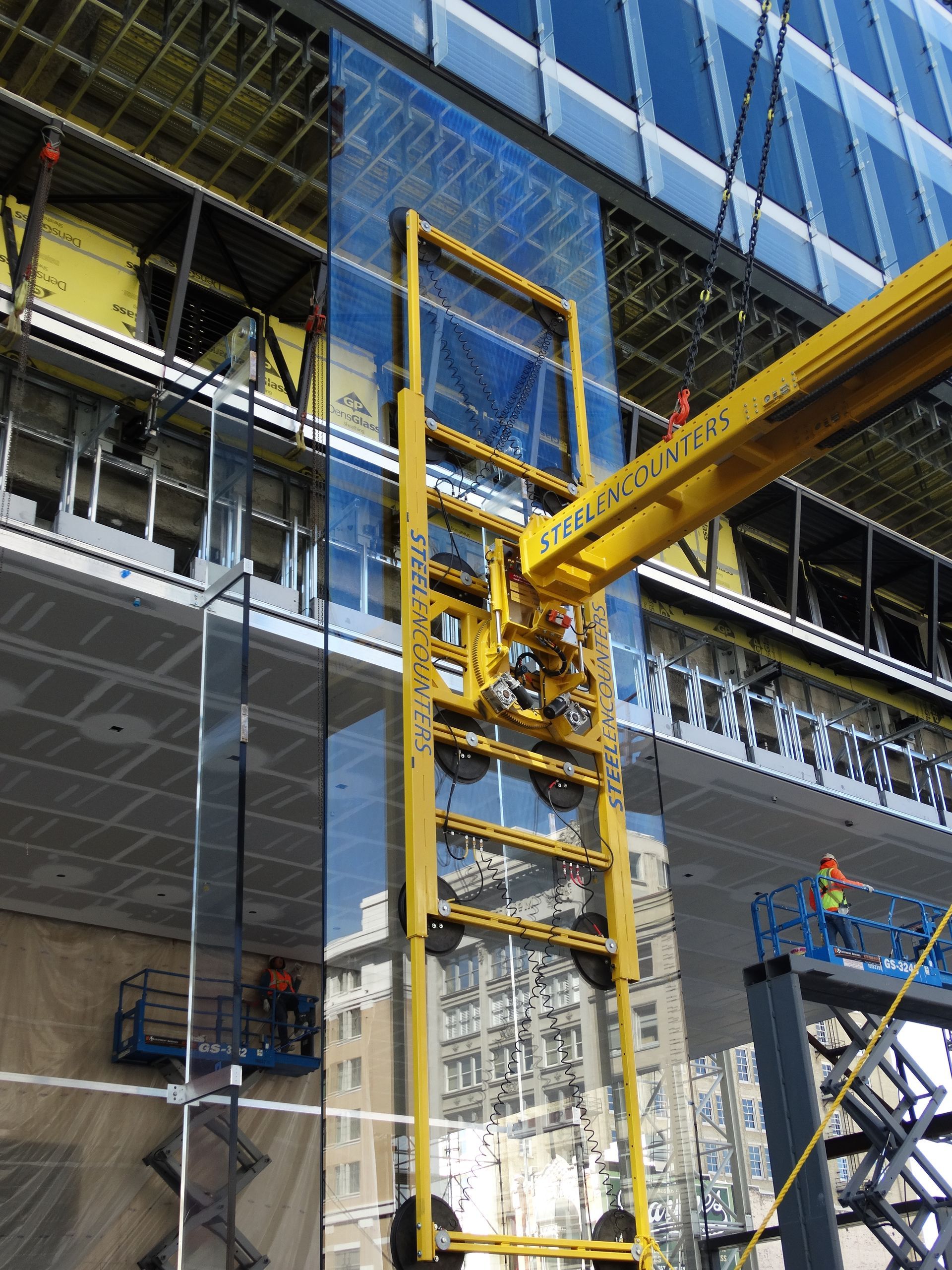Civil engineering firm has blossomed during its decade in Salt Lake; local leaders say office is well positioned to continue positive growth. By Brad Fullmer
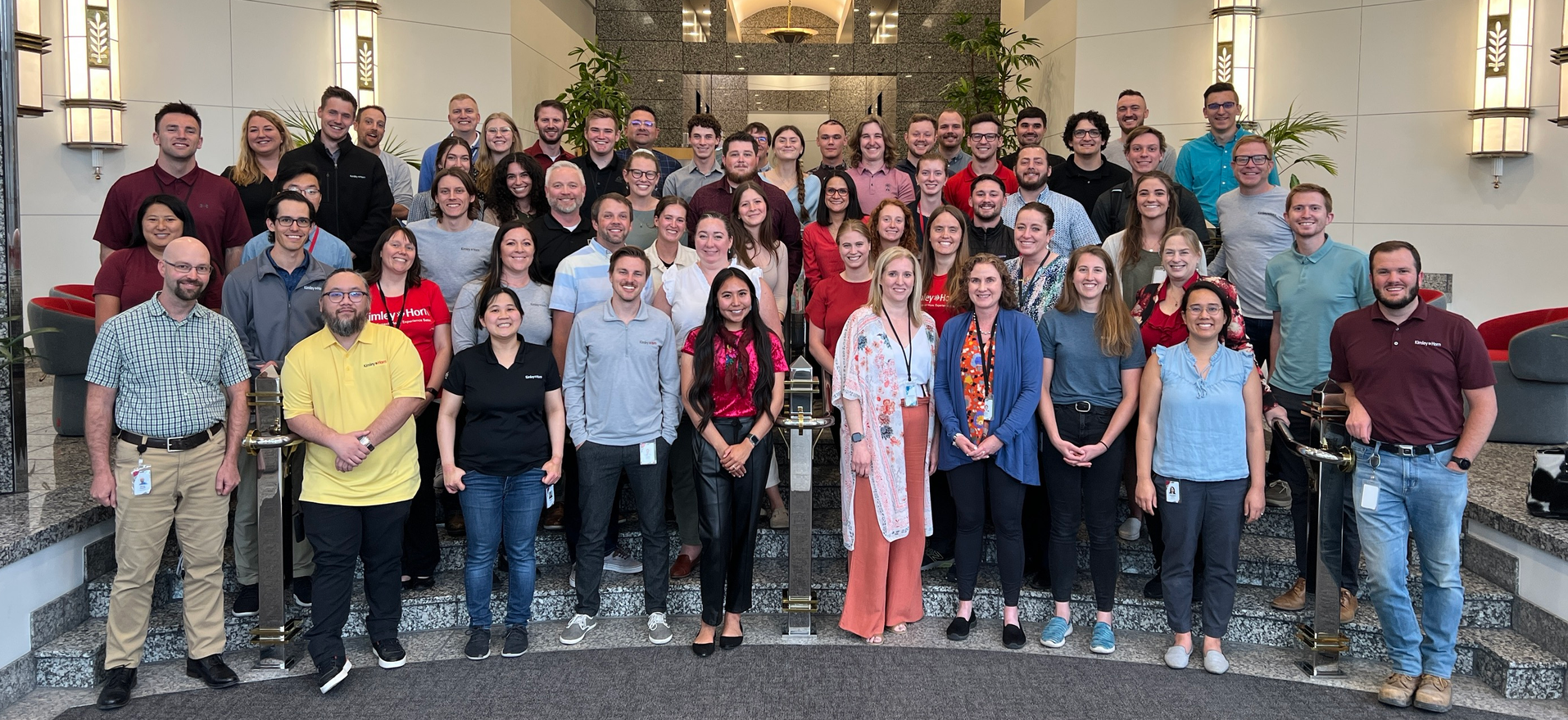
Inter-Office Teamwork Key to Growth, Building Relationships
Founded in Raleigh as a transportation engineering firm in 1967, Kimley-Horn has grown and diversified from a small group of engineers into a powerhouse multi-disciplinary firm employing nearly 9,000 professionals in 140+ offices in the U.S. It is one of the nation's leading full-service engineering consulting firms and, in April, ranked as one of Fortune's "100 Best Companies to Work For"—the 17th time Kimley-Horn has earned that designation.
Johnson said teamwork between offices is the catalyst behind the firm's success, both locally and nationally, as everyone aims for seamless project collaboration.
"The great thing about Kimley-Horn is it wasn't just us in Utah—we had so much support from so many people across the firm that helped propel us forward as we looked to grow our footprint here," Johnson said.
"One thing unique about Kimley-Horn is everything flows up to one profit center," said Nicole Williams. "We truly can share resources."
"It's been an amazing experience," said Morton about the firm’s culture, who joined the firm 3.5 years ago. "Zach talked about the support you receive from other offices...that's the first thing that impacted me, was that level of support. It was overwhelming, partners reaching out from other regions, wanting to help. Having a one profit center culture leads to that. It's helpful to new practice leaders and a large contribution to Kimley-Horn's growth success."
“Culture is and has been a huge focus,” Johnson said, “since the beginning.”
"The thing about our culture that is rare is that it allows us to grow organically, with that single profit center mentality that percolates through every office, every individual," he added. "It doesn't matter who gets credit, what matters is we're pursuing work together. That is a foundation of our culture—working well together and having each other's back."
"Our core purpose is to provide an environment for people to flourish, no matter what position you have within the firm," said Chris Bick.
"I would echo that," added Morton. "There is a lot of fun happening here. It's a young and talented environment, we have so much synergy between our young professionals—they do a lot of things together outside the office that builds strong relationships."
“Our culture is at the heart of who we are as a firm and we pride ourselves on being a place where our employees can grow and thrive,” said Brian Valentine, Mountain Pacific Regional Leader. “As an employee-owned firm, we have a vested interest in each other’s success. We work as partners, operating as one team across the country to serve our clients. As we continue to grow, we bring intentionality to all decisions, whether it is a project, an office opening, or a new hire, to ensure we maintain our core values and core purpose at every turn. Our culture is unique, and we will continue to safeguard that fiercely. That mindset has enabled us to grow into a multi-disciplinary firm consistently ranked among the top consulting firms nationally and recognized as a great place to work.”
Revenue Growth Strong; Exciting Projects Now and On the Horizon
Kimley-Horn has worked in Utah since 2001, with more than 930 projects under its belt, and several current and recent projects highlight its broad scope and expertise. The firm specializes in all aspects of civil engineering, with Johnson listing design for roadways, bridge structures, site development, water, wastewater, building structures, along with transportation planning, environmental engineering and planning, landscape architecture, aviation consulting, public involvement and communications.
Top Utah projects include roadway design, drainage, structural services and public involvement on I-215, program management on 5600 South in Roy, University of Utah Culinary Water System upgrades, site civil engineering and landscape architecture for 650 Main Office Building in downtown Salt Lake, and The Point Phase I infrastructure/site development for The Point Partners, one of the most exciting new projects along the Wasatch Front.
"It's an exciting project," said Morton of The Point. "We're building a new city and it's going to be a sustainable community, a live/work development where cyclists and pedestrians are priority modes of travel. It's a really unique, groundbreaking project."
Two other new projects underscore the firm's strength in the sports/entertainment market: Master planning the existing Salt Lake Bees Stadium on 1300 South in the City’s Ballpark District (Kimley-Horn is partnering with architectural firm Perkins & Will) for the Salt Lake Redevelopment Agency, doing transportation planning, utility studies, and structural analysis and site/civil design and field drainage design for the new 1,200-seat University of Utah Baseball Stadium (Charlie Monfort Field at America First Ballpark).
Kimley-Horn was ranked No. 2 nationally in sports by Engineering News-Record, which strategically aids the firm as it positions itself for potential future projects.
In 2022, Kimley-Horn opened a second Utah office in Lehi and today have grown their overall footprint in the Beehive State to more than 100 employees.
"We will continue to invest in our people in the Salt Lake City and Lehi offices," said Johnson. "We will also continue to invest in Utah County, considering it is the fastest growing county in the state. Ultimately, our clients will guide our expansion and where we will consider future growth in Utah. The last ten years have been an incredible journey, and we are excited to see where the next ten years will take us.”
